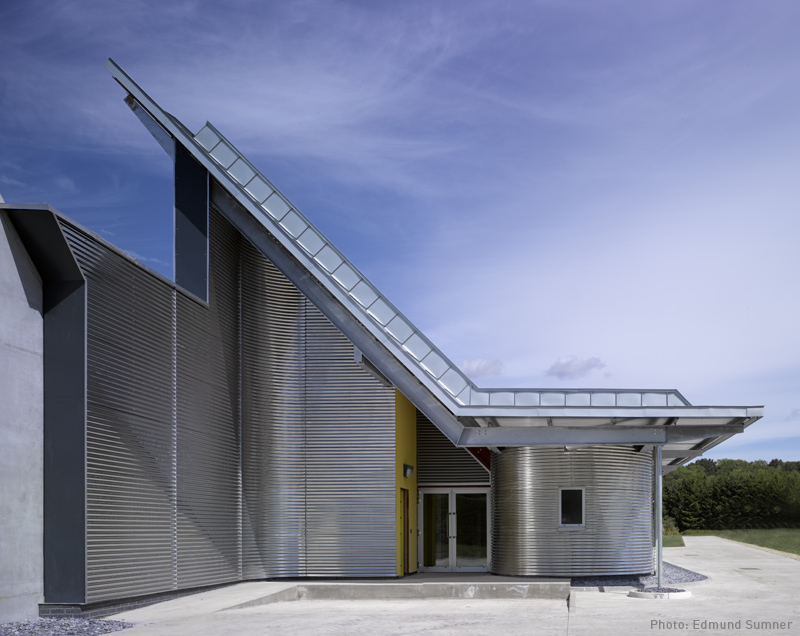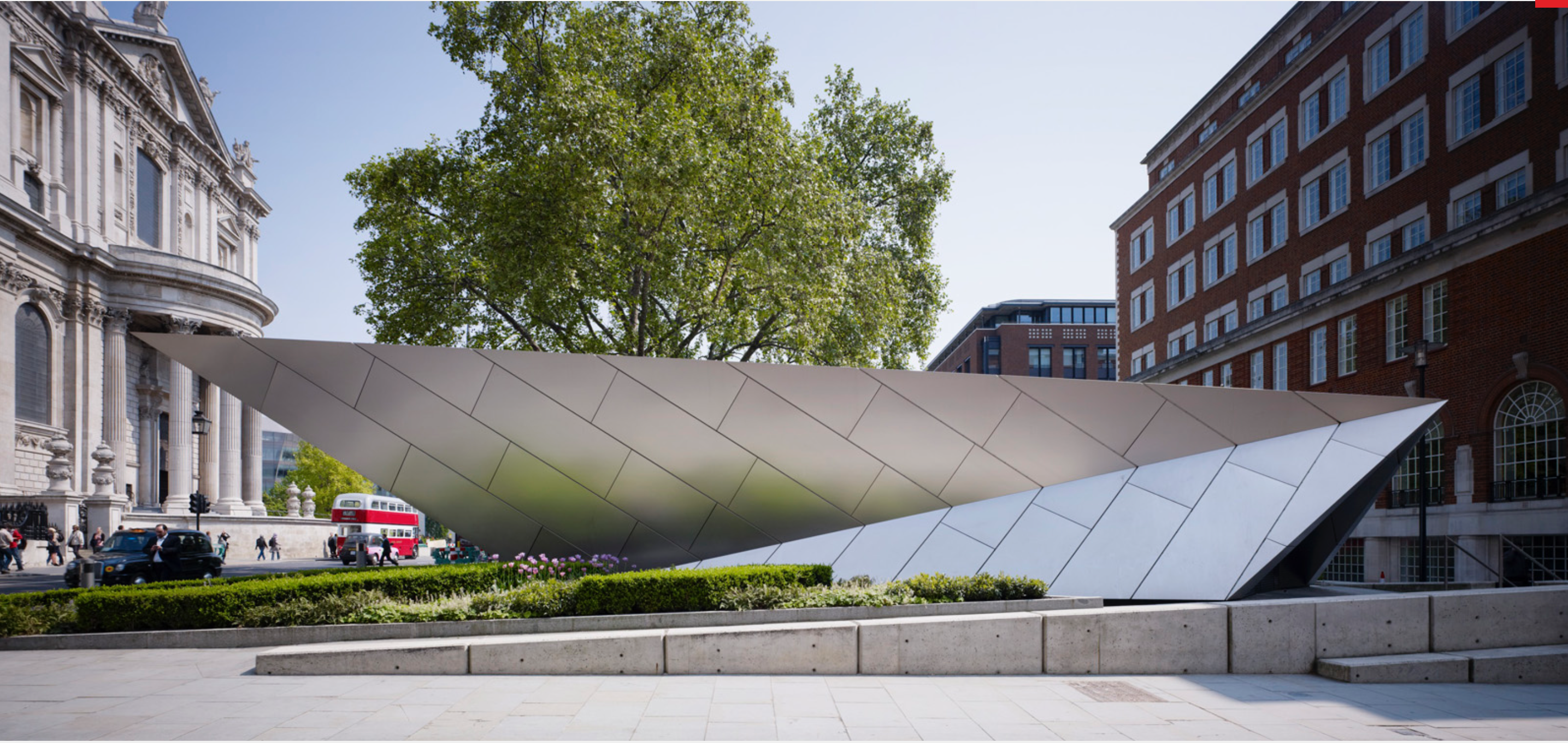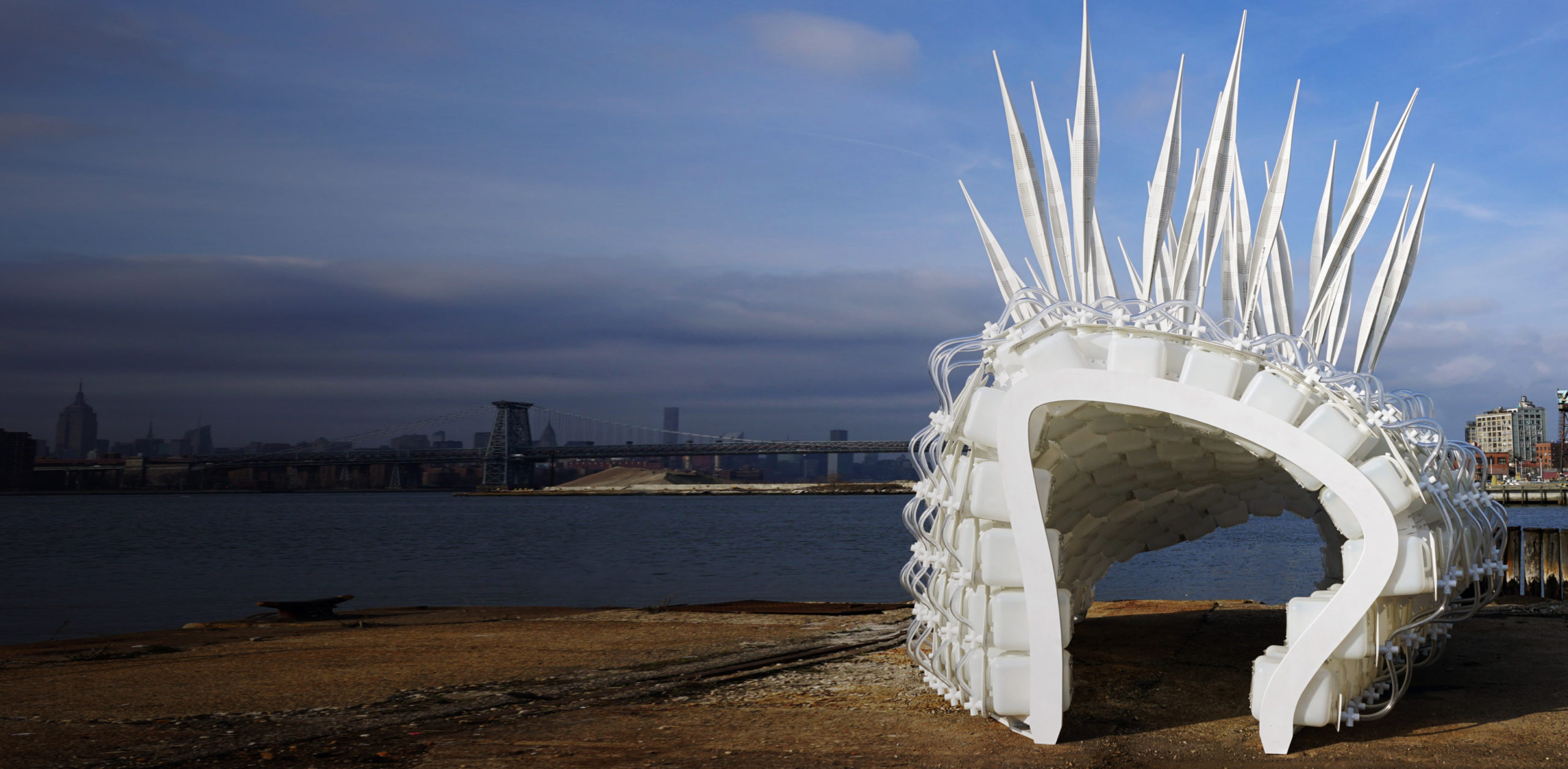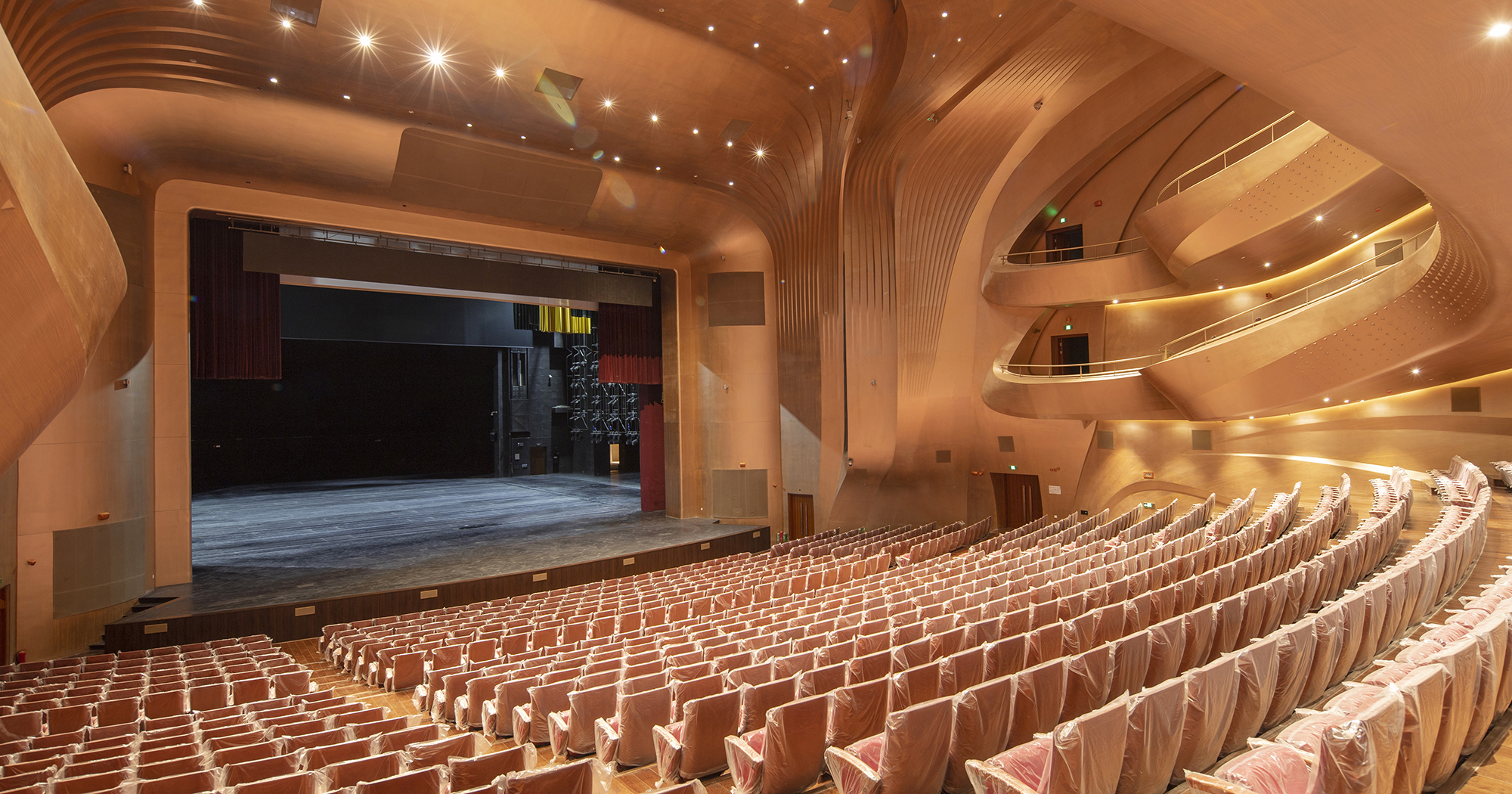Archibiz provides business education and consultancy services to architectural practices globally. Through courses, coaching and other business advisory services, Archibiz helps architects fill in the gaps in their business education so they can lead more profitable and sustainable practices.
When setting up their own architecture practice, there are a number of considerations that an architect must take into account. For starters, where will the practice be located? What clientele will you cater to? How many people will work for you? What kind of projects will you be known for? Yet, as of late, it appears that there may be a new question coming into the fold: what will your ownership structure look like?
In mid-December 2021, Zaha Hadid Architects sent waves across the industry when the prolific architecture practice announced they would be transitioning into employee ownership. The recent announcement from U.K.-based practice comes as a number of firms move away from the traditional hierarchical architecture practice that favors the ‘starchitect’ and experiment with new ways of governance — ways that champion collaboration and democracy.
For young entrepreneurial architects, this growing trend brings an added number of questions to the forefront. Is this structure something that all architecture practice owners should consider? More importantly, what are the considerations that an owner should have if they choose to move to an employee-owned structure?

Beijing Daxing International Airport by ADP Ingénierie and Zaha Hadid Architects, Beijing, China | Project of the Year, 2020 A+Awards | Jury Winner & Popular Vote, 2020 A+Awards, Transportation Infrastructure
There’s Not a One-size-Fits-all Solution
There are several ways that an employee ownership model can be created, such as via a trust or share plan. With an employee ownership trust, shareholders, or employees, are encouraged to sell their shares into a trust which is held on behalf of the employees of a company. In the U.K., where this structure has gained a foothold, trustees must own at least 51 percent of the company. ZHA is one of many companies to take on this model.
A share plan, meanwhile, provides more flexibility for the owner. An owner could choose to retain most of the ownership of their company, while allowing employees to purchase a small percentage of the company in shares.
An owner might also choose to give shares to employees as a gift. That was the case for Maytree Studios five years ago, when owner (and Archibiz client) Rebecca Caldwell gifted each of her three employees a 2.5 percent stake in the company. Since that initial change in shareholding, employees have been able to acquire more shares in the practice.
Despite the different structures, the basic premise is the same: employees own a piece of the company and should therefore be motivated by its success. While ZHA might be the most prolific architect to make the move towards employee ownership, they are certainly not the first practice to do so.
Case in point: Make Architects has been 100 percent employee-owned since it was founded by Ken Shuttleworth in 2004. Other architecture firms to participate in share schemes include CO Architects in the United States, Architype and Cullinan Studio in the U.K., among others. The trend has also been growing in Australia, as evidenced by design studio Meld Studios becoming the first Employee Ownership Trust earlier this year.

BFI Master Film Store by Cullinan Studio, Warwickshire, England, United Kingdom
An Employee Ownership Model Has Its Perks
At London-based Dexter Moren Associates, where Archibiz Mentor Jacqui Kirk worked for nearly a decade, employees were able to purchase shares as part of a stock ownership plan. There, the number of shares you were offered was proportional to your rank at the company. For Jacqui, this structure brought some added benefits. In addition to the obvious financial perks, such as tax breaks and dividends (a share of profits), the employee ownership model contributed to an overall sense of belonging within the firm.
“From a cultural perspective, employee ownership can be good in that it celebrates the collaborative way of architecture,” she said. “It recognizes the entire team’s contribution to success and not just the design architect, but the model makers, graphic designers, graduates and support staff.”
Owning shares in a practice can also increase the level of commitment among employees. Rebecca, who noticed the level of “commitment and interest” in her employees increase once they were given shares, said she was “surprised to see how much it has impacted the business.”
“It offers them a future that they can see and have some control over,” she said. “It gives employees that sense that they are going somewhere. They’ve got skin in the game.”
In the age of the Great Resignation, hiring and retaining top talent has proven to be a major issue for business owners. An employee ownership model helps assuage some of those issues, said Ray Brown, Archibiz Co-Founder and Chief Mentor. “This structure gives your employees a sense of ownership, both literally and figuratively,” added Ray. According to Archibiz CEO Bec Kempster, it also provides you with an opportunity to get everyone in your company aligned with your vision.
As a practice owner, your vision for the business might look very different than the vision of an employee who has only been with the practice for a year. An employee ownership model could encourage your employees to align themselves – both emotionally and to some degree, financially — with your vision, thus reinforcing that commitment, said Bec.
Finally, an employee ownership model could help with succession planning. In a traditional director-ownership model, an owner might have some difficulties trying to find the right person who can both afford to buy them out of the company and also run it efficiently. Not to mention, employees tend to suffer when the company gets sold, particularly when it is sold to a larger firm. A business set up via an Employee Ownership Trust would potentially be able to avoid those succession woes for both the owner and employees. An owner could seamlessly exit the company by selling their shares to the trust, without any major upheaval for anyone at the firm.

City of London Information Centre by Make Architects, London, United Kingdom
It Also Has Its Downsides
Transitioning to an employee ownership model does come with its set of drawbacks, however. For one, the process can be highly costly and time-consuming to set up.
You need lawyers to draft a highly detailed shareholders agreement that covers arbitration, disagreement, valuation of shares, among several other important topics, said Ray. An architect who has been in business for less than five years might simply not have the funds or wherewithal to take on such a complex endeavor.
It requires a bit of work on behalf of the owner, added Bec. With all of the different structures that are available, an owner would need to get clarity on what each of them entail and what might be best suited for their practice.
Another potential area of concern is the preconception that employees who own shares should have a voice in the management of a practice, said Ray. That preconception can in turn create a “tricky” relationship between an owner and their employees, he added.
Even with an employee ownership model, accountability and governance around business decision-making needs to come from the top. “Employees, whether they own shares or not, need to trust the leadership of a practice to make the right decisions and move the practice in the right direction,” said Ray.

Biomedical Sciences Partnership Building, University of Arizona by CO Architects, Phoenix, AZ, United States | Popular Choice, 2019 A+Awards, Architecture +Metal
What It All Boils Down To
So, what does this all mean for the owner of a small architecture practice?
Chances are, if you have recently started your own practice after working under someone else for decades, you very well might not want to give up any of your practice, said Archibiz Mentor Tim Smith. That’s perfectly fine and acceptable, and you shouldn’t feel any pressure to do so if you do not want to.
It might not be the best idea if you are a solo practitioner with just a couple of graduates on your team either, adds Bec. Rather than delving into this model, it would be more appropriate for you to ensure you have your finances and operations in order first to make sure your business is financially sound.
However, for those that are interested and have the bandwidth to take this on, an employee-owned model could provide some fantastic benefits to both you and your employees. As a starting point, research the different structures that are out there and find what works best for you.
Perhaps you don’t want to offer shares directly, and prefer to offer your employees “options” that can be converted into shares at a particular milestone. Or, maybe you’d like to take on a hybrid model that blends a trust with an employee stock plan. There exists a great variety of options out there, so you’ll want to learn about the pros and cons of each one.
Now that “the tidal wave has begun,” it’s also crucial to remember that employee ownership is “about accessibility and having a more equitable distribution of wealth,” said Bec.
If that’s something that resonates with you, then perhaps it’s time to do some homework and think about your vision for your practice and what sort of impact you want to create for both your employees and your work.
The latest edition of “Architizer: The World’s Best Architecture” — a stunning, hardbound book celebrating the most inspiring contemporary architecture from around the globe — is now available. Order your copy today.

 Beijing Daxing International Airport
Beijing Daxing International Airport  BFI Master Film Store
BFI Master Film Store  Biomedical Sciences Partnership Building
Biomedical Sciences Partnership Building  City of London Information Centre
City of London Information Centre 


